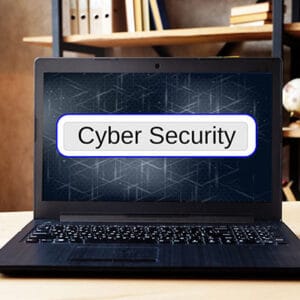Download the Business Owner's Cybersecurity Blueprint

100% Free & Secure - We will never sell your information.

Cybercriminals have kicked their efforts into a new gear over the past couple of years and taken advantage of many organizations as a result. This month, we’ll discuss what needs to be done to secure endpoints and keep organizational data and infrastructure secure in light of these efforts.
Many of the tools and strategies needed to keep your company’s data infrastructure secure may be new to you and your business, but in most cases, they are measures that any organization that wants to protect its IT should take.
A Virtual Private Network (VPN) is a tool you may have heard of, that establishes an encrypted connection between your business’ network and a remote endpoint. This allows people to send and receive information securely by passing it on via an intermediary network. The configuration of the VPN is where people start to get confused.
IT administrators must therefore decide which security priorities to set for their network and which to disable. With more data coming in—and encrypted, for that matter—more bandwidth will be required, and the amount required for the entire team is going to be costly. On the other hand, there are clear security concerns without the VPN in place, making this a delicate balance.
Phishing is one of the largest cybersecurity issues for either in-house or remote employees, but arguably is a bigger risk for an employee working from home. After all, they likely aren’t under the same protections that should be set up in the office. Today’s Endpoint Protection and Response (EDR) tools can help to mitigate some of this risk, but the onus will still be on the user with their fingers on the keyboard.
Therefore, training your employees to recognize an attempted phishing attack is the most effective way to really deter them. Establishing and repeatedly reinforcing the best practices and warning signs, and what to do if they do encounter one, is the best strategy to protect your business from phishing.
Of course, you shouldn’t rely exclusively on your end users to protect your business. Your IT department should also have installed a comprehensive threat intelligence system, which helps to keep you protected from new threats as they develop. At the very least, your IT resource will be kept up to speed on the threats posing risks to your technology.
Finally, you have to account for the fact that one of your users will likely slip up and get “hooked,” by a phishing attack. Accidents happen, nobody’s perfect. In these cases, the EDR can help you determine how badly you’ve been breached, quarantining the impacted areas and resolving the threat. There are even options to help automate your anti-hacker efforts.
Any business that uses technology needs to worry about its cybersecurity. To learn more about the protections and precautions you should take, give our IT experts a call at 317-759-3972.
Author’s recent posts
